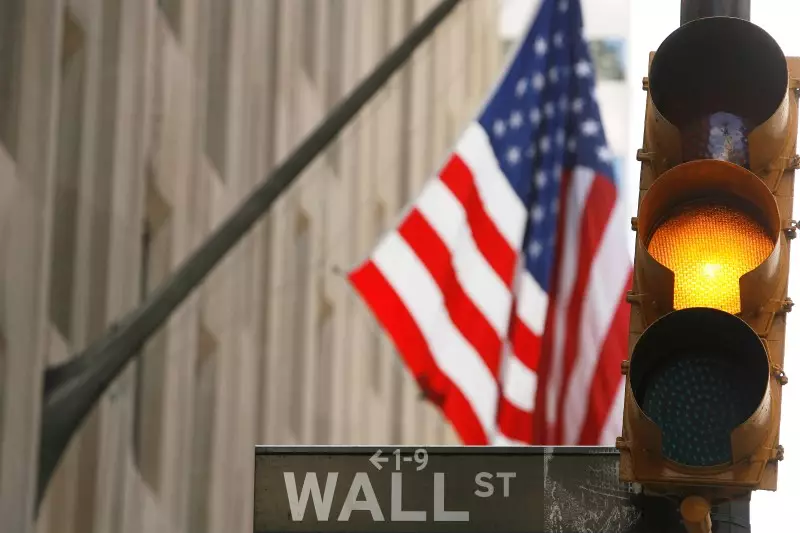As 2025 unfolds, U.S. stock index futures are experiencing a moment of steadiness following a challenging start for major tech companies, particularly Apple and Tesla. On Thursday evening, investment sentiment was dampened by recent losses from these industry giants, reflecting broader economic anxieties as Wall Street adjusted to evolving conditions. Despite the early setbacks, the performance in 2024 left many with optimism, as gains from the previous year still buoy investor hope, albeit delicately.
In this context, S&P 500 futures have stabilized around 5,917.75 points while Nasdaq 100 futures reached 21,171.75 points. The Dow Jones futures exhibited little variation at approximately 42,694.0 points, indicating a cautious sentiment among traders. This relative stability belies the unease that plagued the market earlier in the day and hints at an ongoing struggle to maintain bullish trajectories.
Apple Inc. and Tesla Inc. were at the forefront of Wall Street’s downturn on Thursday. Apple saw a decline of 0.2% in after-hours trading, while Tesla managed a modest 0.5% increase despite suffering notable losses during regular trading hours. Apple’s alarming 2.6% drop attributed largely to aggressive discounting of its flagship devices in China—a strategic move in response to escalating competition and lagging sales figures, particularly given the recent underperformance in Chinese markets. Analysts from UBS have suggested that Apple might not meet sales forecasts for the important December quarter, raising red flags as the company faces stiff opposition from local brands like Huawei and Xiaomi.
Tesla, on the other hand, fell a staggering 6.1% after revealing disappointing fourth-quarter delivery numbers. The struggles of the electric vehicle maker highlight significant challenges, with declining demand in North America and Europe along with stiff market competition in China contributing to its first annual delivery decline in over a decade. This situation underscores Tesla’s urgent need to pivot towards autonomous driving and artificial intelligence technologies to counter waning EV demand and neighborhood compression on profit margins.
Adding to the complexity, revised forecasts from the Atlanta Federal Reserve indicated a cooling of the U.S. gross domestic product (GDP) for the fourth quarter, reflecting waning economic momentum as the year closes. However, positive signals from jobless claims data, which came in lower than anticipated, showcase resilience within the labor market. This robustness raises questions about the Federal Reserve’s potential actions moving forward; the central bank has already hinted at a slower rate of interest rate cuts, primarily due to concerns about persistent inflation.
In light of these mixed signals, investor sentiment remains fragile, with Wall Street indexes reflecting cautious adjustments. The S&P 500 registered a slight drop of 0.2% to 5,896.60 points, while the NASDAQ Composite mirrored this trend with a similar decline to 19,280.75 points. As the market navigates through uncertainties, investors are poised for anything from a rebound to a deeper pullback, underscoring the volatile landscape of U.S. equities as we embark on the new year.

